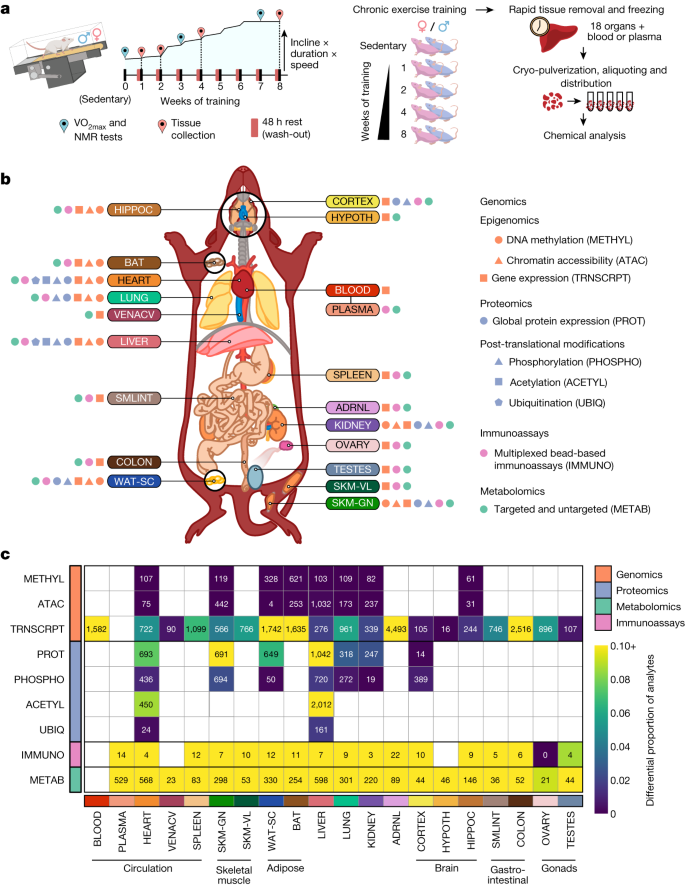2024-05-01 カリフォルニア大学サンディエゴ校(UCSD)
<関連情報>
- https://today.ucsd.edu/story/researchers-discover-key-functions-of-therapeutically-promising-jumbo-viruses
- https://www.pnas.org/doi/10.1073/pnas.2321190121
核形成ファージがコードする必須かつ高度に選択的なタンパク質輸入経路 An essential and highly selective protein import pathway encoded by nucleus-forming phage
Chase J. Morgan, Eray Enustun, Emily G. Armbruster, +16, and Joe Pogliano
Proceedings of the National Academy of Sciences Published:April 30, 2024
DPI:https://doi.org/10.1073/pnas.2321190121

Significance
The phage nucleus is an enclosed replication compartment built by Chimalliviridae phages that, similar to the eukaryotic nucleus, separates transcription from translation and selectively imports certain proteins. This allows the phage to concentrate proteins required for DNA replication and transcription while excluding DNA-targeting host defense proteins. However, the mechanism of selective trafficking into the phage nucleus is currently unknown. Here, we determine the region of a phage nuclear protein that targets it for nuclear import and identify a conserved, essential nuclear shell-associated protein that plays a key role in this process. This work provides a mechanistic model of selective import into the phage nucleus.
Abstract
Targeting proteins to specific subcellular destinations is essential in prokaryotes, eukaryotes, and the viruses that infect them. Chimalliviridae phages encapsulate their genomes in a nucleus-like replication compartment composed of the protein chimallin (ChmA) that excludes ribosomes and decouples transcription from translation. These phages selectively partition proteins between the phage nucleus and the bacterial cytoplasm. Currently, the genes and signals that govern selective protein import into the phage nucleus are unknown. Here, we identify two components of this protein import pathway: a species-specific surface-exposed region of a phage intranuclear protein required for nuclear entry and a conserved protein, PicA (Protein importer of chimalliviruses A), that facilitates cargo protein trafficking across the phage nuclear shell. We also identify a defective cargo protein that is targeted to PicA on the nuclear periphery but fails to enter the nucleus, providing insight into the mechanism of nuclear protein trafficking. Using CRISPRi-ART protein expression knockdown of PicA, we show that PicA is essential early in the chimallivirus replication cycle. Together, our results allow us to propose a multistep model for the Protein Import Chimallivirus pathway, where proteins are targeted to PicA by amino acids on their surface and then licensed by PicA for nuclear entry. The divergence in the selectivity of this pathway between closely related chimalliviruses implicates its role as a key player in the evolutionary arms race between competing phages and their hosts.


